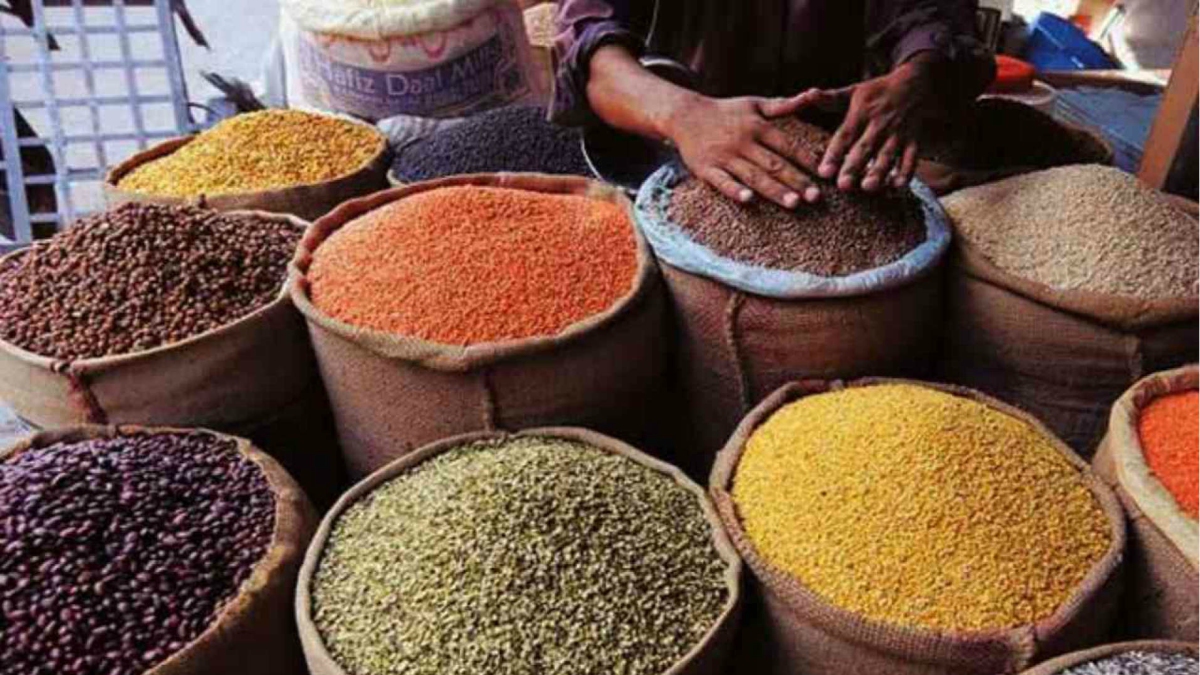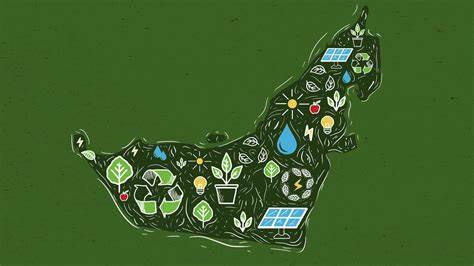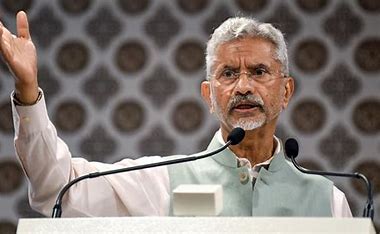
On November 3, Bihar Chief minister Nitish Kumar encountered with an unusual embarrassment in Madhubani when onions were thrown at him during electoral campaigning. Onion prices virtually became an indicator to measure inflation for common people of India owing to its consumption by almost every household and its price volatility. Onion prices inherently shoves up food inflation and thus are the key factor in elections. In 1998, BJP lost Delhi election to Congress party because of steep onion price rise during their tenure.
In 2018, PM Narendra Modi had given an acronym TOP collectively for Tomatoes, Onions and Potatoes and intoned that effective price control regime for these horticultural produces is on top priority list for his government. Just before few days to Bihar elections, Central government reintroduced a stock limit on onions in order to control rising prices which already been crossed 80 Rs/kg in many cities. Before this, on 14th September, central government banned onion exports with a plan to import to arrest escalating price rise.
LACUNAS OF ESSENTIAL COMMODITIES ACT
Statutory measures are meant to ensure stability and certainty in price regulation of critical commodities such as onions, pulses and edible oilseeds over the period of time. In pursuance with this postulation, Essential Commodities Act was enacted in 1955 as a cushion against inflating essential commodity prices. It is in fact a product of Nehruvian pattern of economic management aimed at harmonious fusion of virtuous principles of socialism and capitalism.
It facilitated imposition of stock limits and seeks to control production, supply chain, distribution, trade and commerce of commodities by regulatory government interventions. This government intervention was exercised through ‘Direct participation’ (as a market maker or as buyer/supplier of goods and services) or ‘Indirect participation’ (in form of subsidy, taxation and imposition of charges) or use of price stabilization fund. It was all meant to prevent commodity hoarding for price manipulation, curbing black marketing of most essential foodstuffs and ensuring its smooth supply to masses.
The act has not explicitly defined the term ‘essential commodity’ but according to section 2(A) of the act, central government have power designate a particular commodity as essential one by putting it under schedule of this act. At present, there are seven commodities in schedule of the act. Ministry of consumer affairs, food and public distribution which enforces this act issues a notification from time to time to control the market prices of commodity. Central government, by using its powers under the Act, enables the state governments to issue ‘control orders’ which then inter-alia, regulate the movement of goods within and across states and fix stock limits.
WHY AMENDMENT WAS NECESSARY
This act was enacted when India was going through acute food grain scarcity. Diametrical change in productive capabilities over the years are responsible for achieving self-sufficiency from the level of scarcity. The production of wheat, rice and pulses has increased 10 times, 4 times and 2.5 times respectively between 1955-56 and 2018-19. This made certain provisions responsible for arresting steep price rise redundant to some extent.
Along with this, purpose behind this enactment diluted by political ambitions of executives who frequently invoked provisions of it sighting electoral calculations. Control orders issued under this act substantially amplified ripples in the market prices rather than smoothening them.
Unqualified government interventional powers in commodity market, legitimised by the statute had apparently stifled economic freedom of trade and thus dissuaded private sector players from participating actively in agricultural sector. It also dis-incentivized investments in storage and warehousing infrastructure due to unpredictable imposition of stock limits. In the absence control orders, traders would have stored part of procured commodity to ensure its uninterrupted supply at stable prices. Stock limit also hampered commodity trading on exchange platform since traders could not deliver promised quantity of commodity at future date.
Sometimes small traders need to hoard some stock owing to the nature of their operations. But stock control regime under this act applied universally over the range of agricultural activities. As a result of this, it was difficult to distinguish between genuine hoarders suffer at the cost of controlling manipulative price stock hoarders.
TRAJECTORY OF AMENDMENT
In order to ger rid of all these shortcomings, parliament amended this act multiple times to make it compatible with contemporary market scenarios. After economic reforms, this statute was further liberalised and government control over market prices diminished substantially from time to time. In 2002, Vajpayee government eliminated licensing and stock limits on certain commodities like coarse grains, rice, paddy wheat and edible oils. Global food crisis of 2006-07 reversed back liberalising trend to some extent and brought back certain provisions owing to sharp rise in wheat prices.
Economic Survey of 2019-20 dedicated chapter 4 of volume-I to the distortions in India’s agricultural economy. In particular, it noted that “blanket stock limits on commodities under Essential Commodities Act (ECA) neither brings down prices nor reduces price volatility”. Further it also observed that, “ECA only seems to enable rent-seeking and harassment”.
Prime Minister Narendra Modi launched Atmanirbhar Bharat Abhiyan (Self-reliant India Mission) campaign in order to stimulate economic growth stumbled due to global Covid-19 pandemic in the month of May. In the Third tranche of the mission corpus of Rs 1,50,000 Cr allocated eyeing on strengthening of agricultural market in concurrence with administrative and legislative reforms.
WHAT ESSENTIAL COMMODITIES (AMENDMENT) ACT, 2020 SOUGHT TO CHANGE
To give effects to recommendations by various committees for reforming statute, President promulgated an ordinance on 5th June which later on reintroduced as a bill and became The Essential Commodities (Amendment) Act, 2020 after passing by both the houses of the parliament on 22nd September.
This amendment added new subsection 1(A) under section 3 of the act. Under this section, supply of certain foodstuffs can be regulated only under unexpected circumstances such as Extraordinary price rise, War, Famine and Natural calamity of severe nature.
Further, it also envisaged ‘price trigger clause’ which laid down clear cut criteria to interpret ‘extraordinary price rise’ situation in order to prevent executives from invoking the clause sighting political objectives. It mandated price rise of 100% increase in retail price for perishables and 50% increase for non-perishables over preceding 12 months or average of last 5 years, whichever is lower to invoke ‘price trigger clause’.
This amendment also exempted processor of agricultural produce and value chain participant of any agricultural produce from orders regulating stock limit.
POSSIBLE EFFECTS OF AMENDMENT
One of the prime motives of government behind this amendment was to further ease of doing business by enhancing economic freedom and deregulating agricultural sector. India currently ranking at 105th position in Global Economic Freedom Index 2020 and 63rd in Ease of doing business index 2020. This amendment has potential to improve India’s ranking further.
It will also support development of commodity futures markets as doing away with control orders will facilitate traders to engage in speculative trading and provide a better basis for private storage in order to avoid ‘peaks’ and ‘troughs’ in prices.
Freeing chunk of agricultural sector from government control can ensure better price realisation for farmers can attract more investment. As a consequence of this, agricultural sector would become more integrated, competitive, efficient and productive. It will remove fear from the minds of private investors of excessive regulatory interference and their private investment would help in overcoming challenges of poor infrastructure and fragmented agricultural market.
SCOPE FOR FURTHER IMPROVEMENT
Despite bringing more clarity and objectivity in provisions of the act there are some issues that needs to be dealt with. Terms like ‘extraordinary circumstances’, ‘extraordinary price rise’ or ‘natural calamity of grave nature’ are inherently subjective in nature and it may ensue interpretational disputes.
‘Price trigger clause’ has its own limitations while measuring ‘extraordinary price rise’ as dynamic nature of monsoon and pest attacks will lead to its frequent invocation. Monsoon failures of 2014-15 and 2015-16, excessive rain for Soyabean crop and Fall Armyworm attack on maize this year comfortably satisfies price trigger clause criteria. This can make amendments superficial as it would be difficult to curb government intervention in free market.
Terms like ‘horticultural produce’ or ‘perishable agricultural foodstuff’ are also subjective in nature leading to disputes as each state have different approach towards commodity owing to local climatic conditions.
State governments exercise their power in implementing provisions of this act which may result into conflict between states. It may hamper universal application of price measures across the length and breadth of country.
Government also need to robust data and price collection system at APMCs as well as at Private storages in order to make vibrant decisions for effective management of commodities.
CONCLUSION
Government of India envisioned doubling farmers income by 2022-23 in concurrence with promotion of farmers’ welfare, reduce agrarian distress and bring parity between income of farmers and those working in non-agricultural professions. Amendments to this act is certainly a positive step in this direction.
Government have capability to ensure a fair price to farmers and to keep hoarding and undue price rise by unscrupulous elements in check but this should be done with minimum free market distortion.
Reforms brought by successive amendments to the act are welcome and are responsible for addressing need of the time but there is wide scope for continuing reformative trend.















